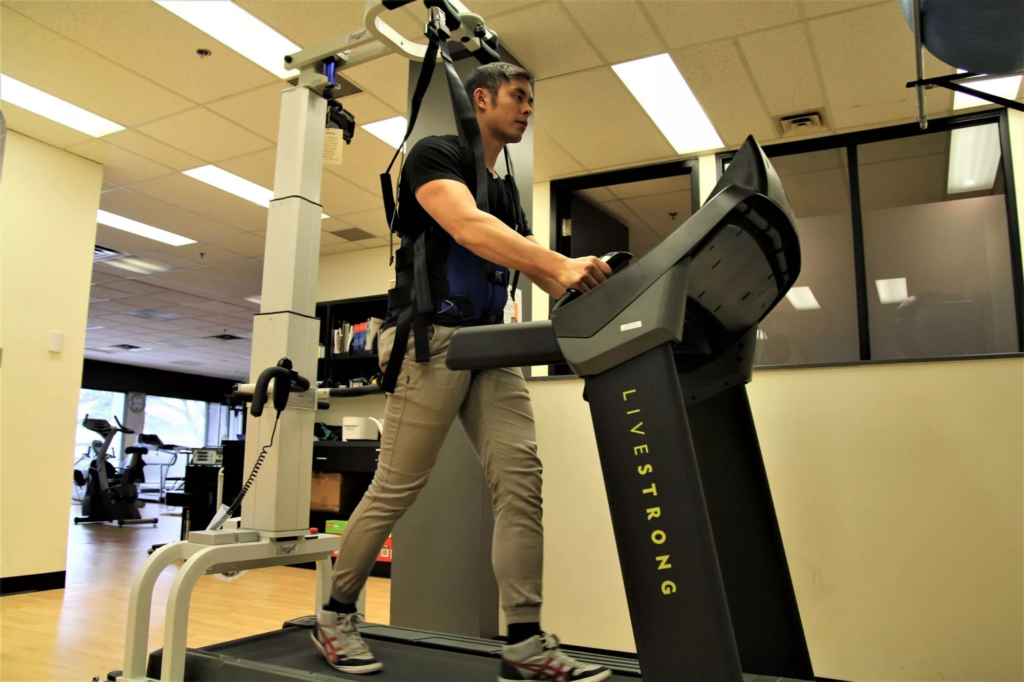Robotic Ortho- Neuro Treatments
Physiotherapy rehabilitation aims to optimize patient function and well-being, to help integrate that patient back into their chosen lifestyle activities whether at home, work or leisure. Rehabilitation should focus on changes to functional disability and lifestyle restrictions based on the patient’s own goals for functional improvement. When you see a physiotherapist, he or she will complete an extensive assessment that may include your health history, evaluation of pain and movement patterns, strength, joint range of motion, reflexes, sensation, locomotion, cardio-respiratory status and functional status. In addition, the physiotherapist examines relevant x-rays, laboratory tests, medical records and surgical notes. Based on this assessment the physiotherapist establishes a diagnosis and works in partnership with you to develop task specific individualized goals and outcome-based treatment programs.
Intensive Physiotherapy
Intensive therapy is a highly effective methodology that allows patients to achieve their functional goal in a shorter timeframe. We offer outcome based and patient specific intensive therapy programs to allow us to assist our parents to progress their physical and mental skills in a safe, fun manner. intensive therapy programs are run by experienced Physiotherapists in Ortho-Neuro specialties, Physiotherapists are experts in enhancing neuroplasticity, movement & gait analysis, strength training and neurological rehabilitation.
• Robotic Assisted Rehabilitation
• Pain Management
• Spine Care
• Pediatric Physiotherapy
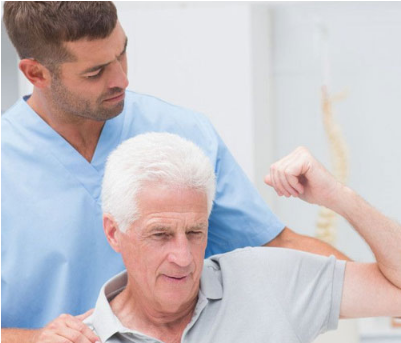
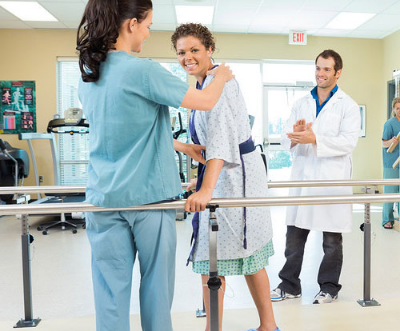
REHA Technology’s G-EO Evolution Robotic Gait Trainer
The G-EO System is the world’s most versatile robotic gait trainer. Multiple different therapy options, such as partial movements, floor walking and the unique feature of realistically simulating climbing stairs, as well as the simple switch between passive, active-assistive and active mode allow for phase specific treatment of each individual patient throughout the whole continuum of care.
• Unique features of stair climbing and partial movements
• G-EO System showing superior results in various clinical studies
• Treatment of multiple patient indications
• Customized therapy to meet individual patient needs
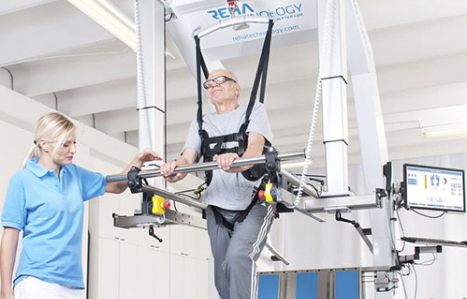
Armotion
Armotion is an innovative robotic solution in the treatment of severe and moderate neuromuscular dysfunction of the upper extremity. It maximizes the patient’s capability to undertake personal self-care and domestic tasks, by rebuilding functional ability and required skills for independence in daily life.
Those are mainly indicated in patients with neurological deficiet like stroke,spinal cord injuries,traumatic brain injuiry,parkinsons disease,cerebral palsy,motor neuron disease.
Huber 360
Huber 360 is an innovative solution that can improve neuromuscular control and overall performance by training the four fundamentals of movement: posture and balance, flexibility and mobility, resistance and dynamic reinforcement. The device offers targeted exercises to increase the user’s range of motion, coordination of movements, strength, resistance and balance especialy for parkinsons patients. Training with Huber 360 also improves the user’s BMI and cardiovascular health.
The multiaxis platform trains the whole body and engages the user’s cognitive skills to make the sessions more effective and fun. It can be used to treat 90% of common pathologies and offers a comprehensive performance assessment with seven reference tests and personalized reports on the patient’s progress.
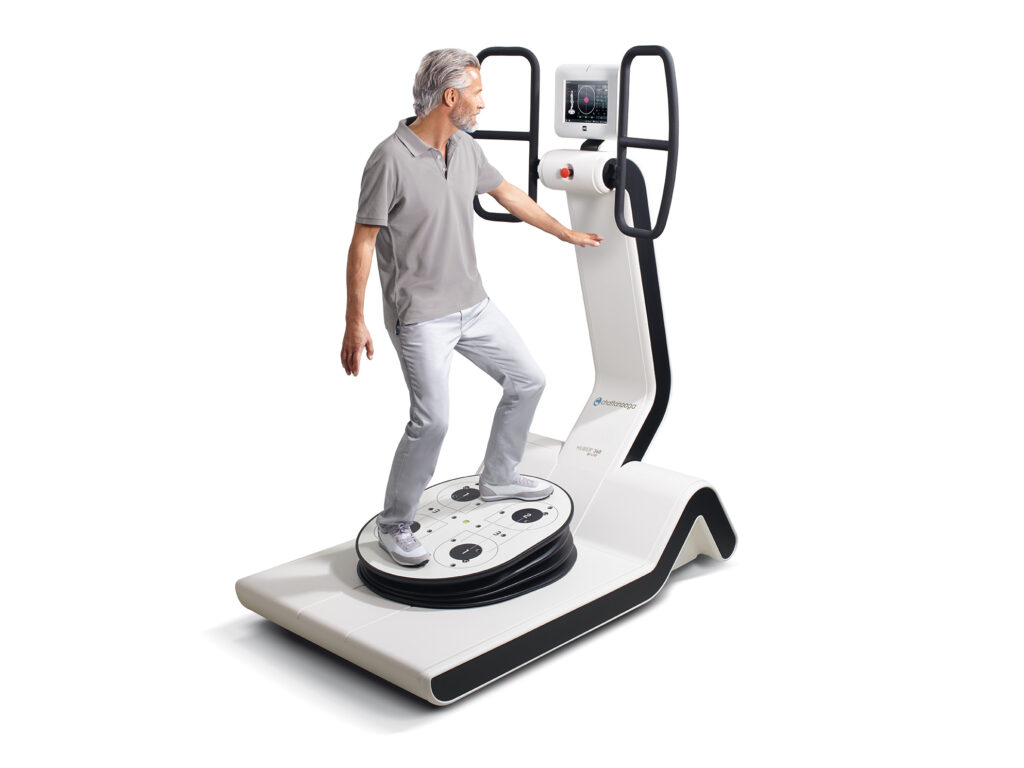
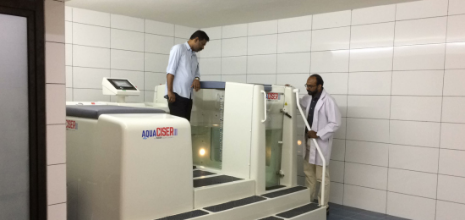
AquaCiser III
This variable-speed underwater treadmill represents a revolution in aquatic therapy. Patients otherwise limited by pain, weakness, or weight-bearing restrictions can begin to develop strength much earlier in the rehabilitative process. Early intervention means less post-traumatic reconditioning; and subsequent gains in strength, endurance, and range of motion.
Electric Body Weight-Supported Treadmill Training (BWSTT)
This training method can be very useful for clients who have active movement but insufficient strength to carry their entire weight on their own. It allows for early activation, standing, and walking – which in turn can improve recovery by increasing strength, maintaining range of motion, and improving confidence.
